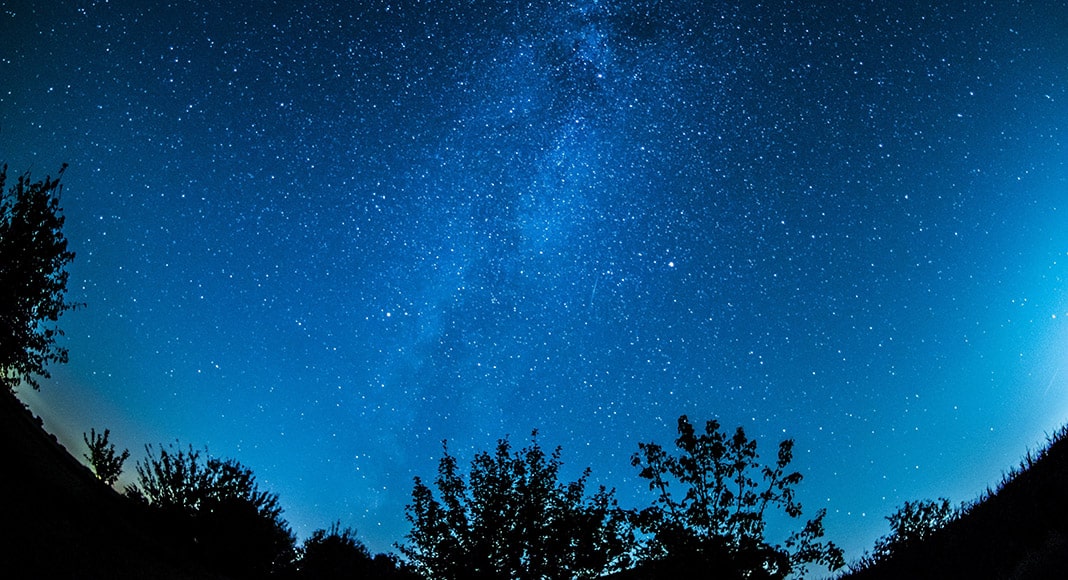Welcome to the July night sky. Now the hot nights of summer are upon us, we can comfortably enjoy three meteor showers.
The first is on the night of the 16th and is called the Omicron Draconids. This shower is unusual as its origin point is high up in the northern sky and, therefore, visible all night.
The second is on the 28th and is called the Delta Aquarids. This shower has its origin point low in the east at midnight. And, lastly, on the nights of the 23rd to the 30th, the Capricornids. The origin point of this final shower is close to the previous one – that is, over near the eastern horizon at midnight.
The Capricornids are well known for having bright, yellow-coloured fireball-type shooting stars. We will have to wait until August 12 for the next notable meteor shower, this is the famous Perseids shower that is very reliable with normally a bright meteor every few minutes.
On July 4, our planet Earth is at aphelion. This is the point in its orbit where it is furthest away from the Sun. This means that it is about 3% further away from the Sun than it has been, and this means that the northern hemisphere receives about 7% less heat than the southern hemisphere.
Also, over in the east, in the late July evening sky, can be seen the constellation of Pegasus with four bright stars marking the great square of Pegasus. This constellation will pass almost overhead during the Autumn night sky and close to this constellation is the great Galaxy of Andromeda, which is just visible without a telescope in a dark sky.
The bright planets are still only well visible in the early hours of the morning over in the southeast. But, by the end of the month, the ringed planet Saturn and the gas giant planet Jupiter will rise before midnight.
The James Webb infrared telescope is now close to being fully operational despite suffering a hit by a micrometeor recently, but this caused no significant damage. The first science images are expected on July 12.
The full moon on the 13th of this month is the second supermoon of 2022 when it will be slightly larger and brighter than average.
The Moon is at first quarter on the 7th, full on the 13th, last quarter on the 20th and new on July 28.
By Clive Jackson
|| features@algarveresident.com
Clive Jackson is the director of the Camera Obscura attraction (next to the Castle in Tavira), specialising in education and public outreach.
281 322 527 | info@torredetavira.com www.torredetavira.com
To see the July Sky Map click on the pdf link below




















